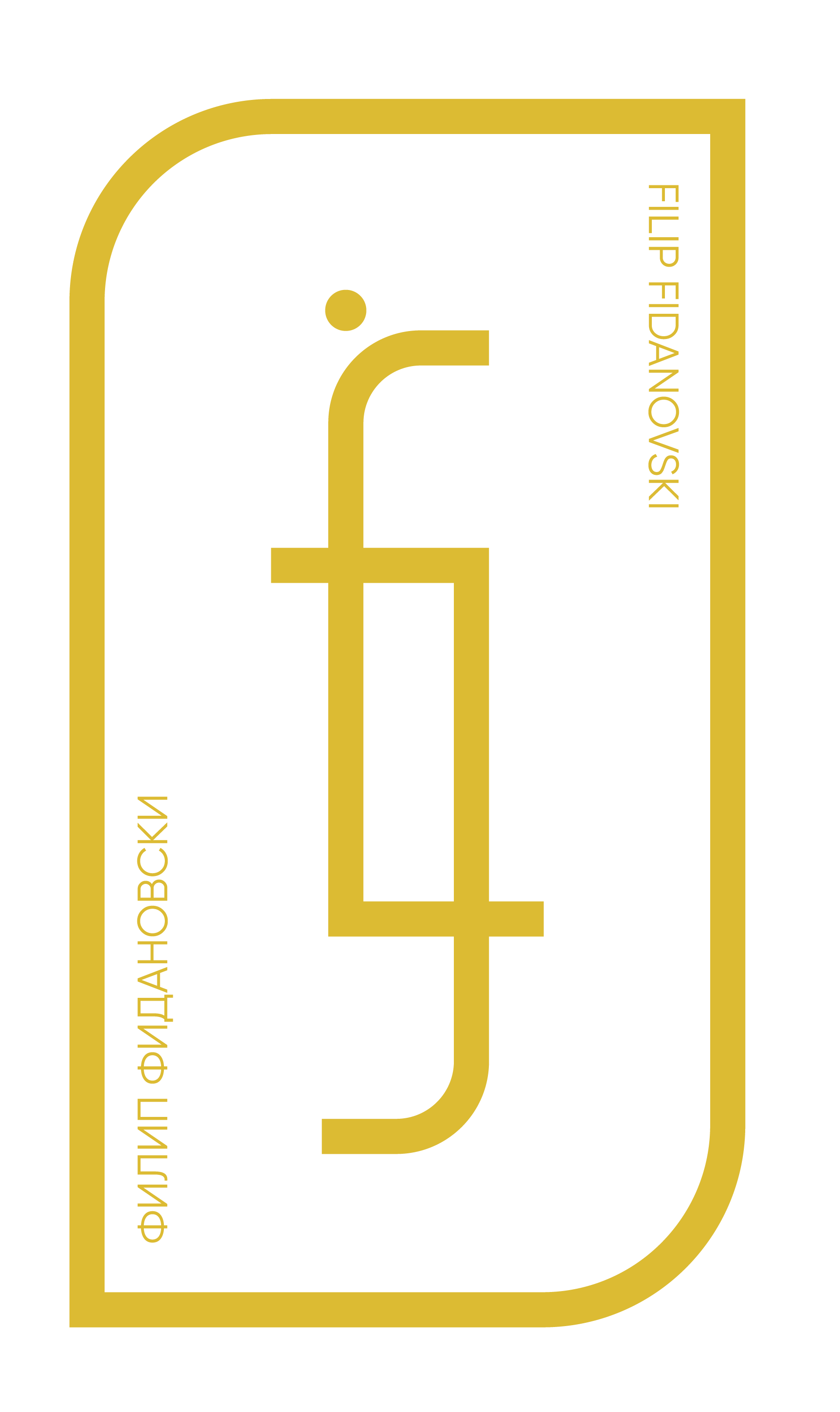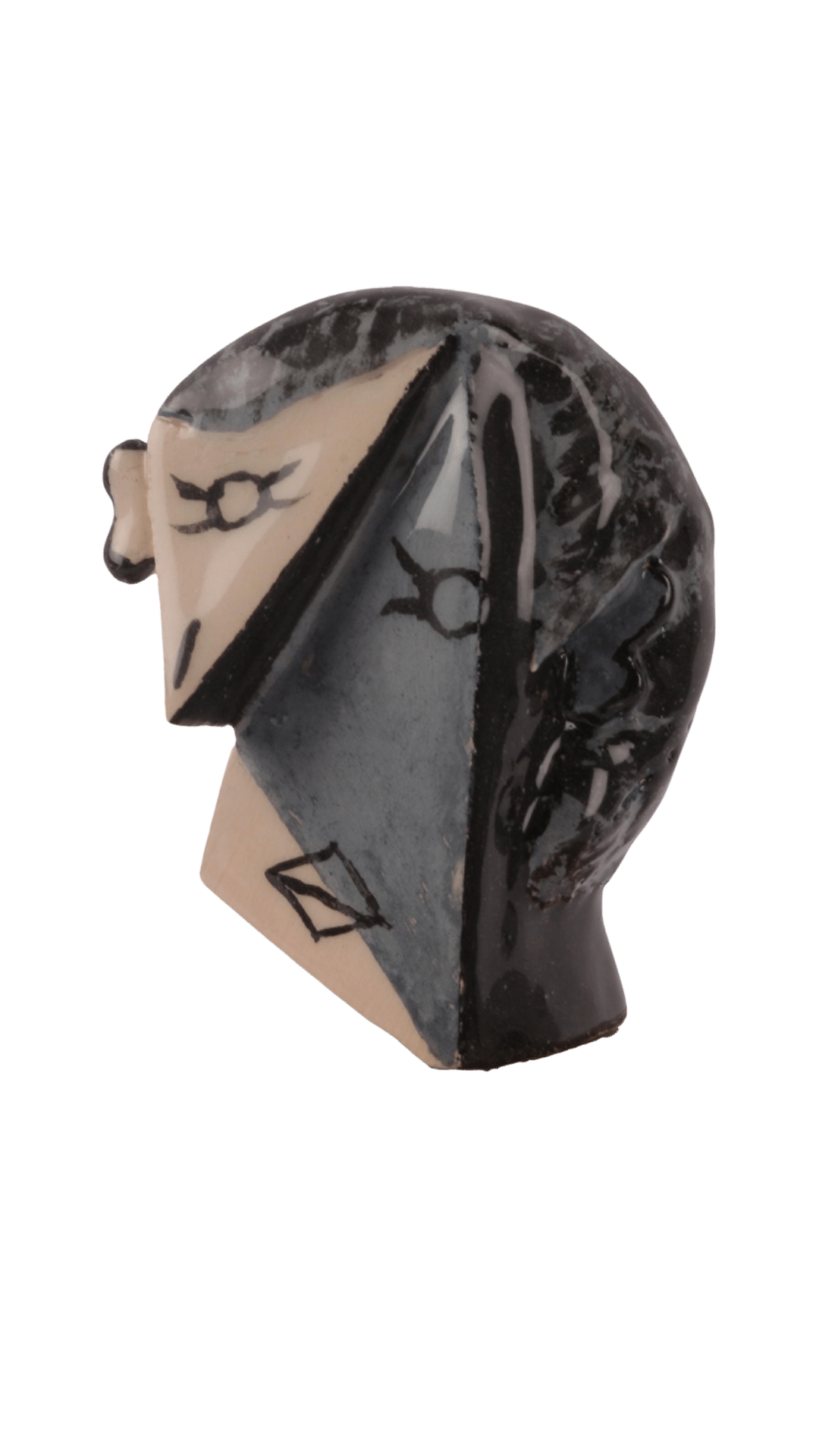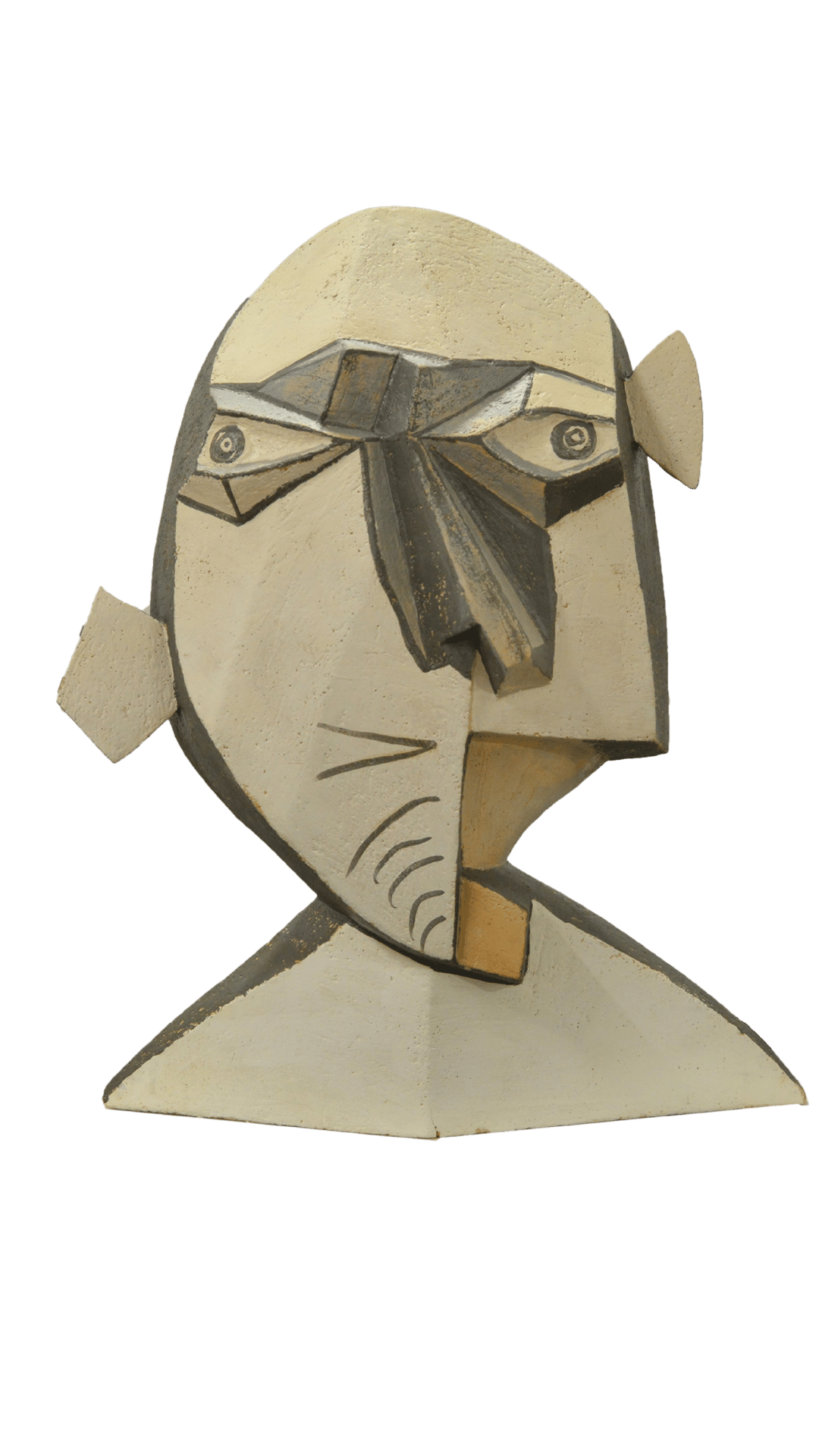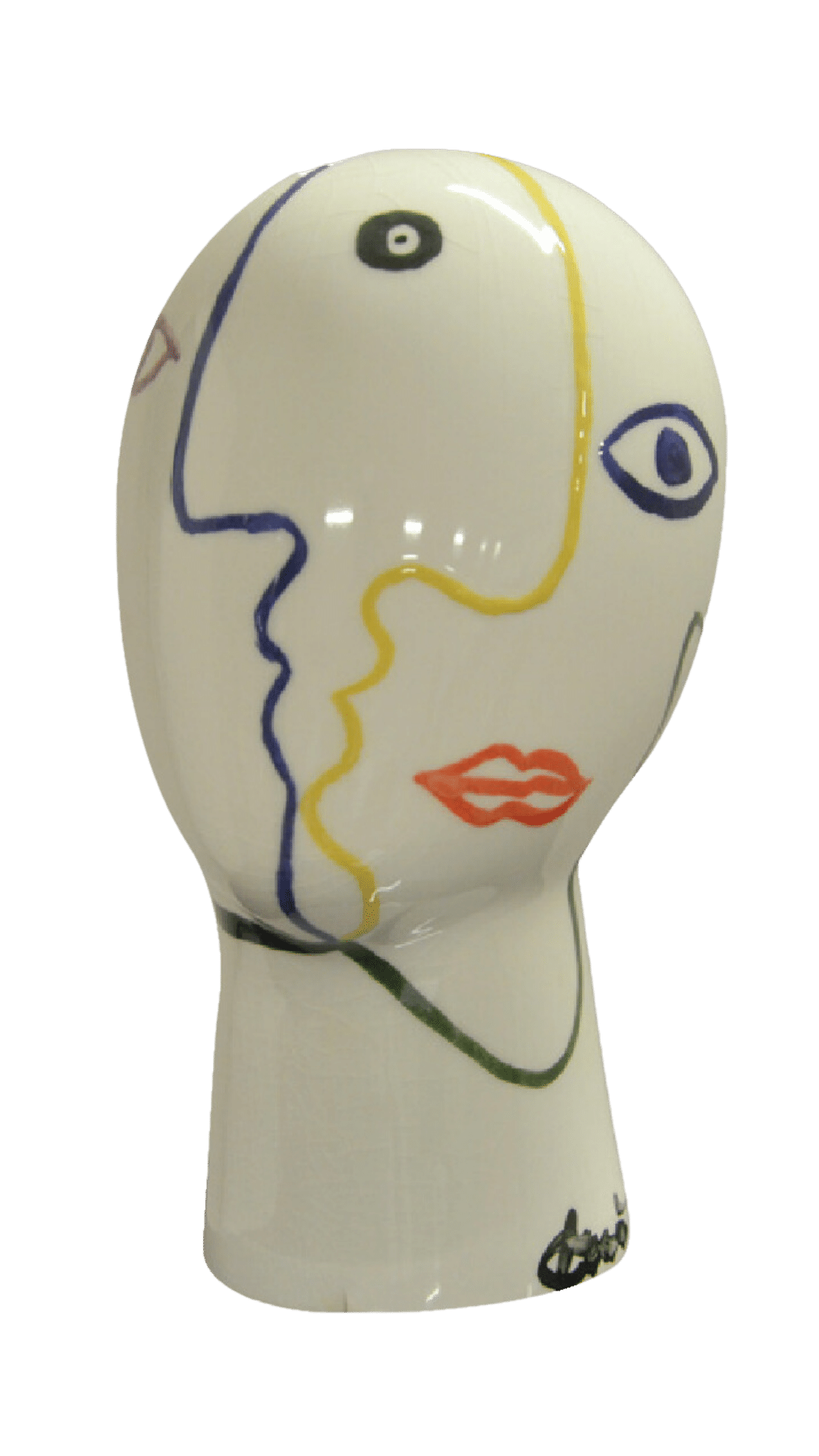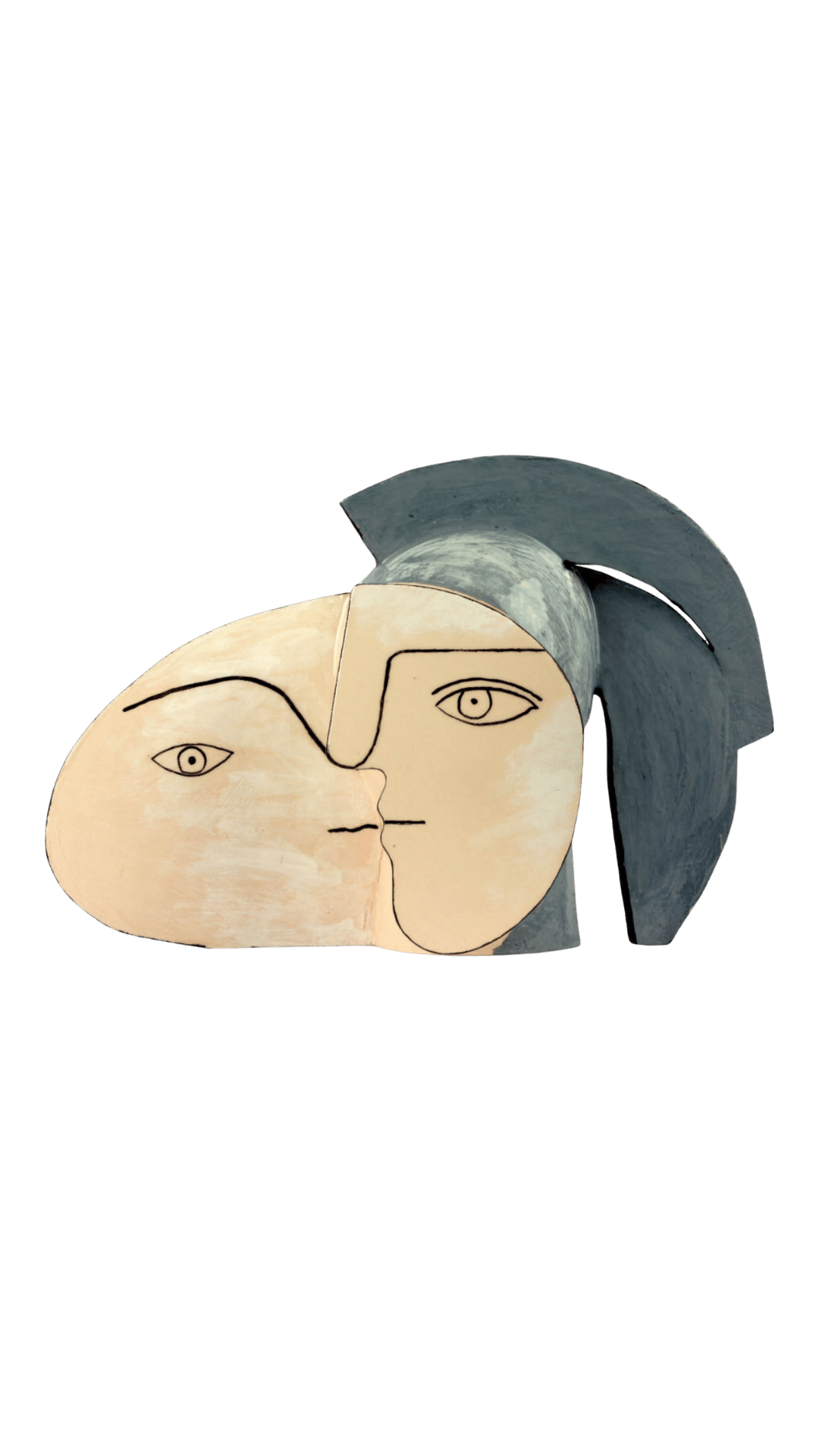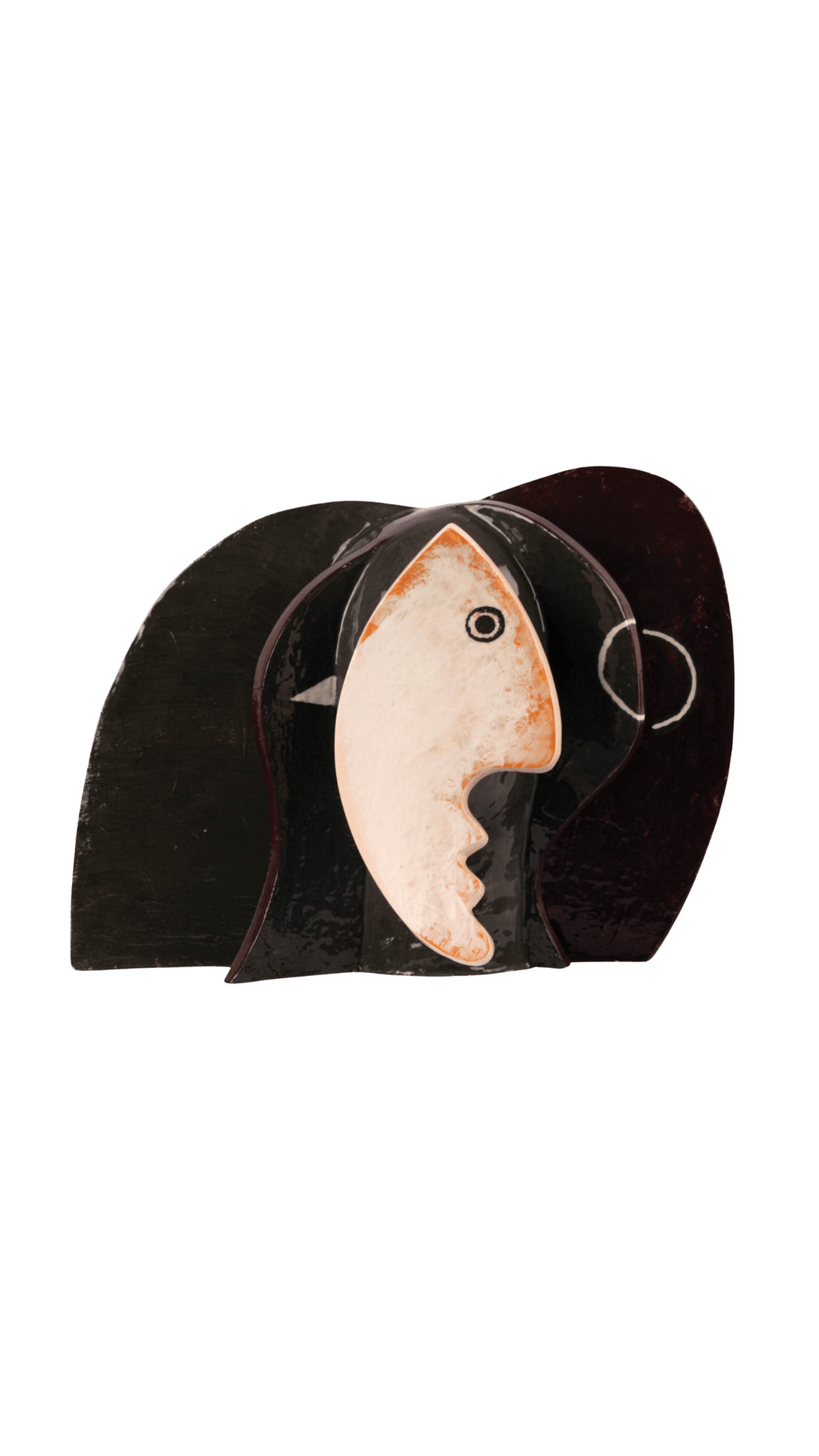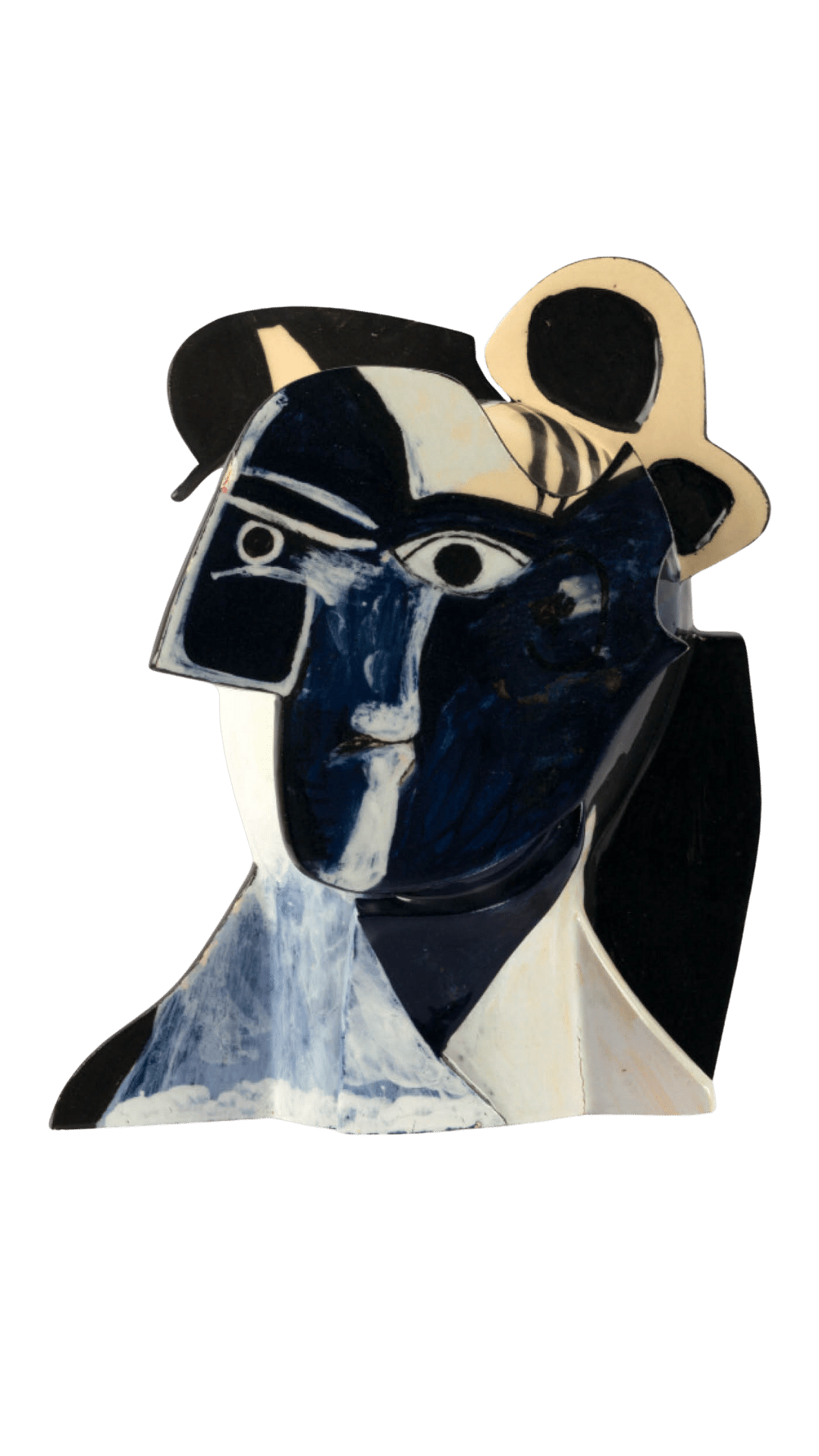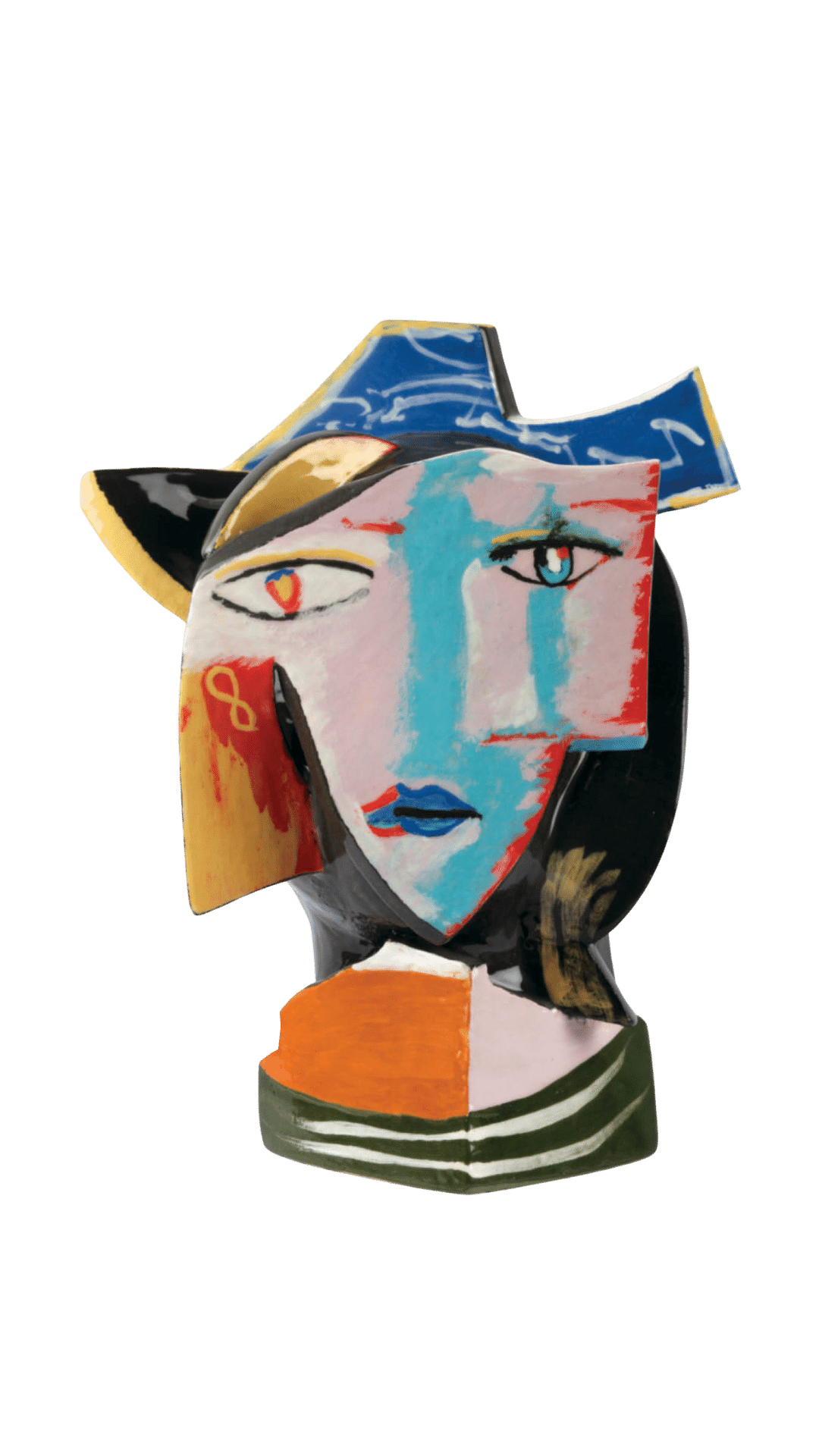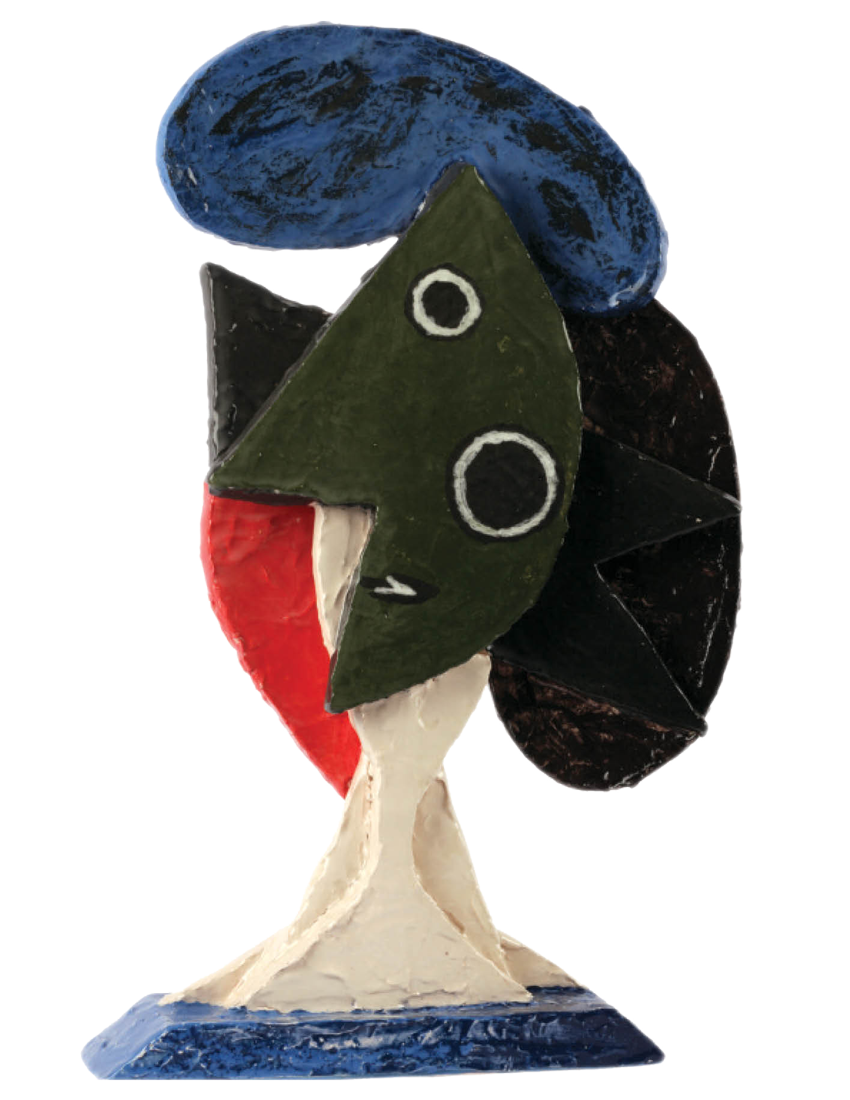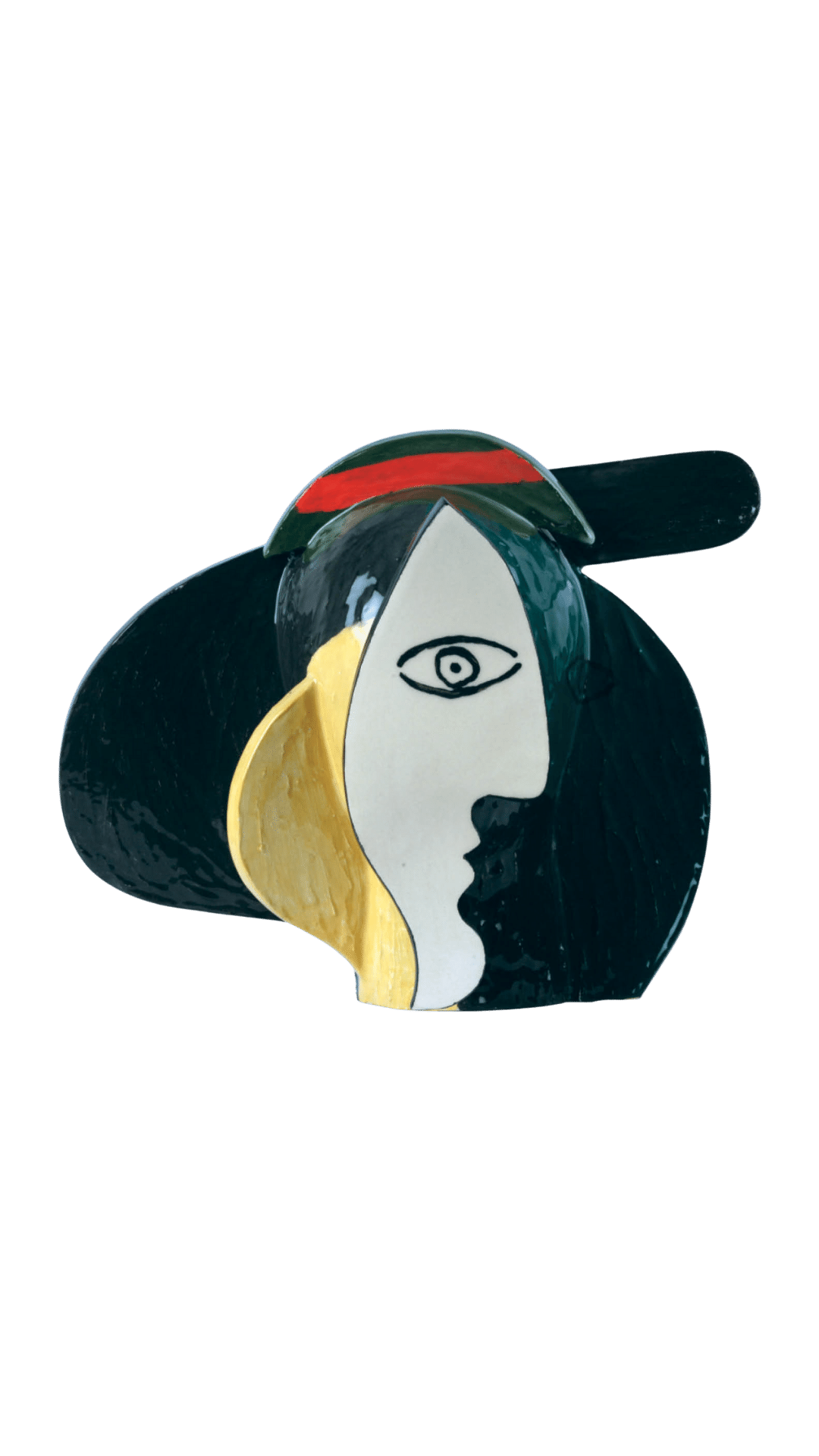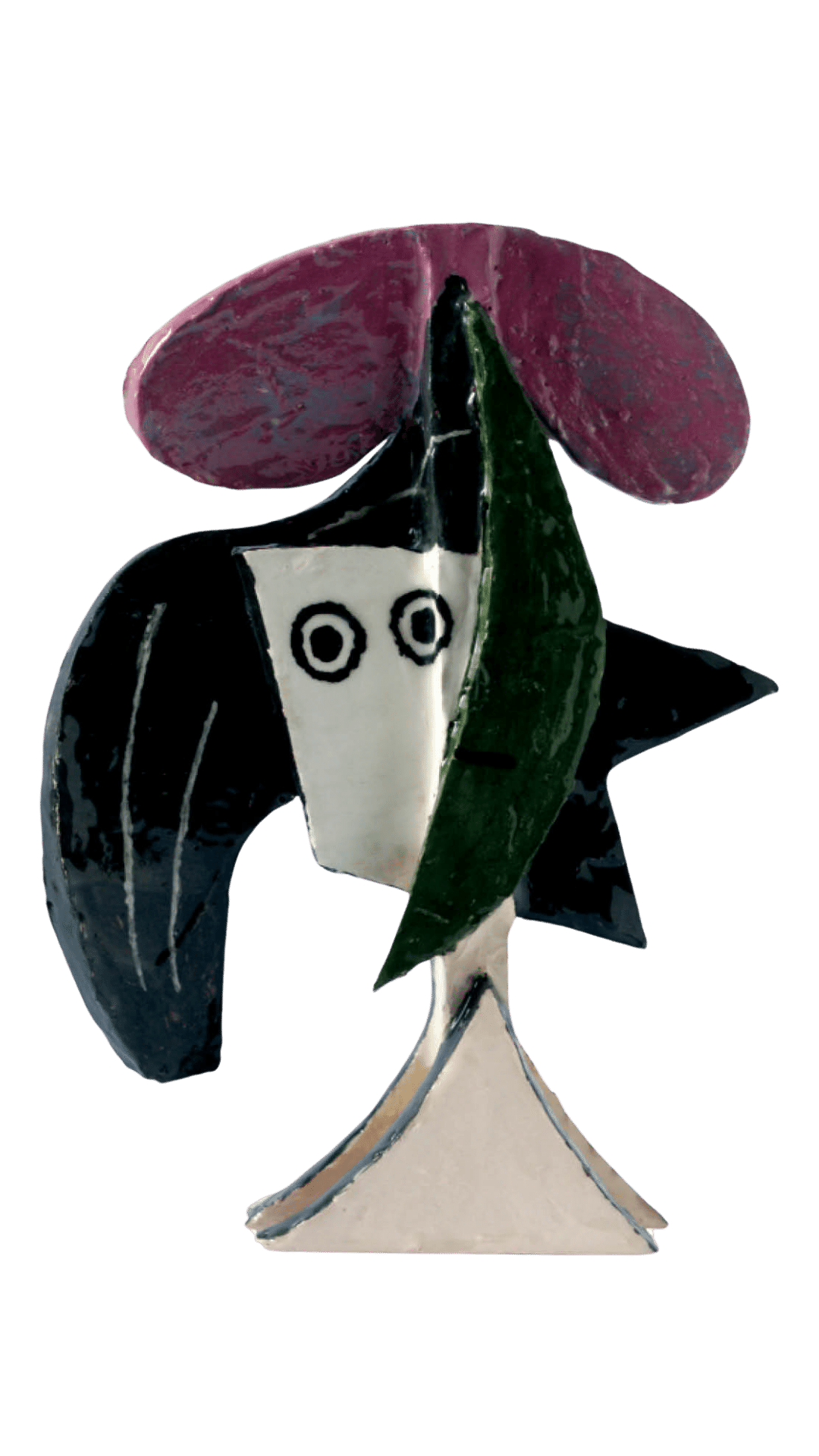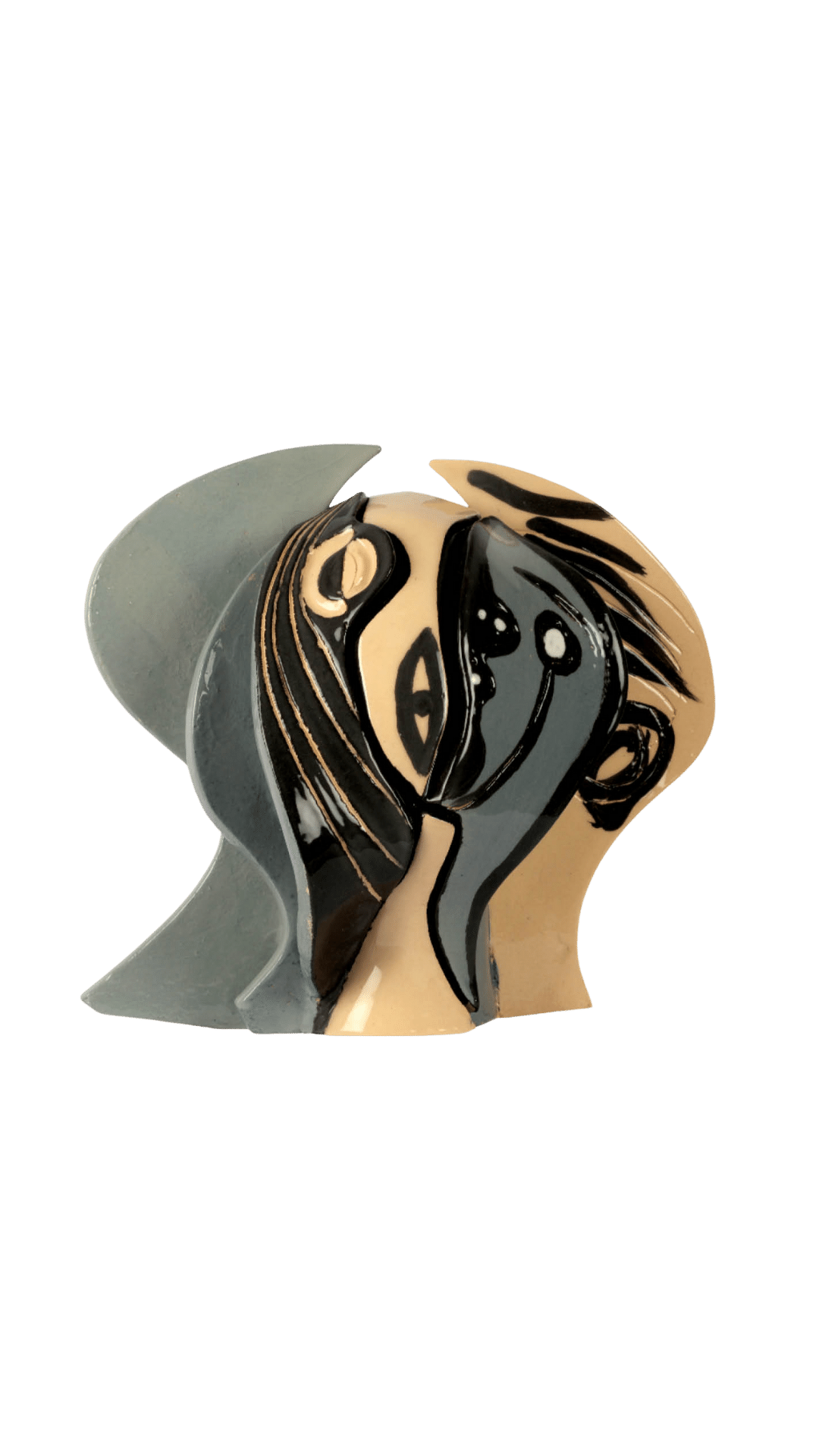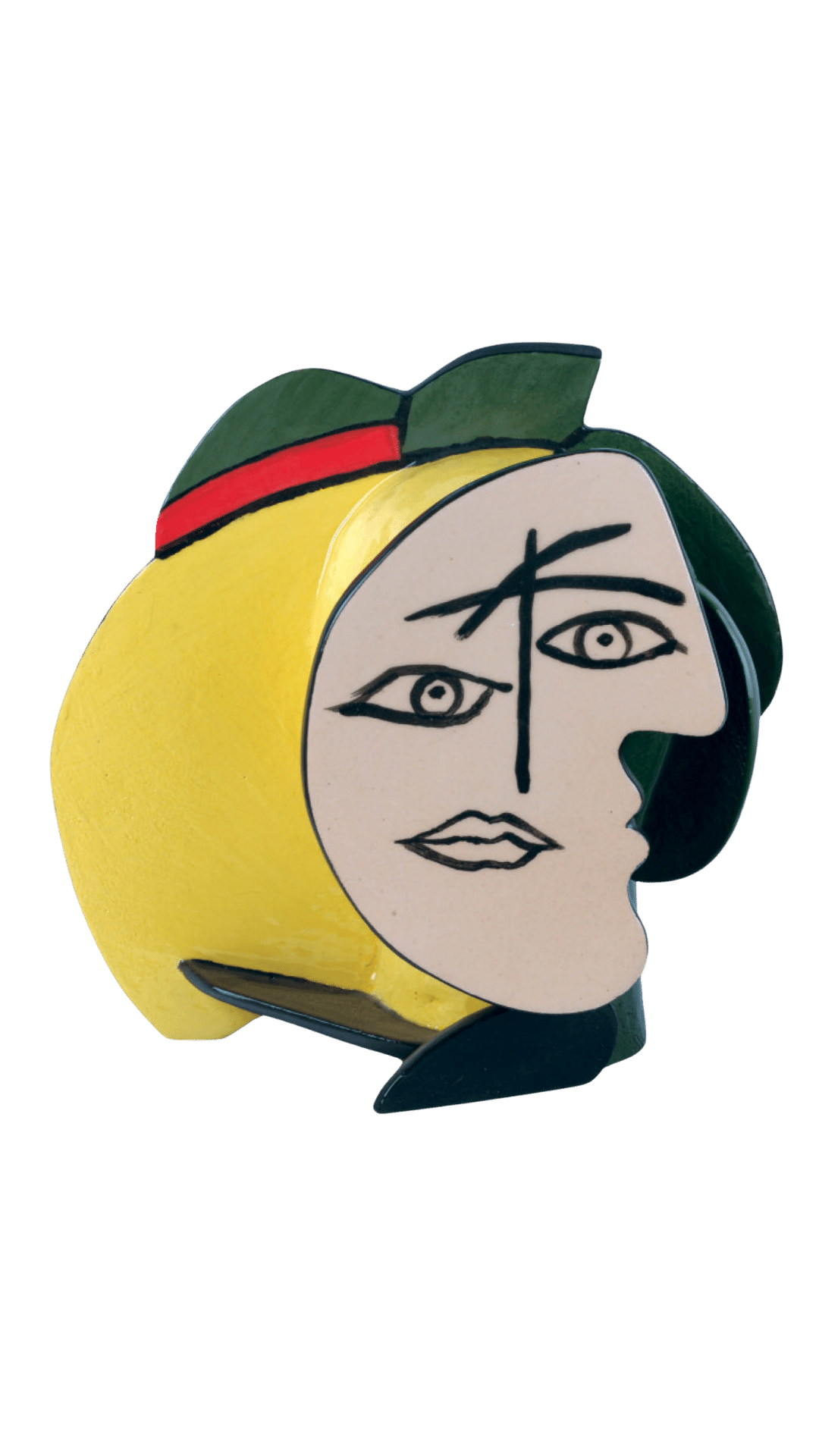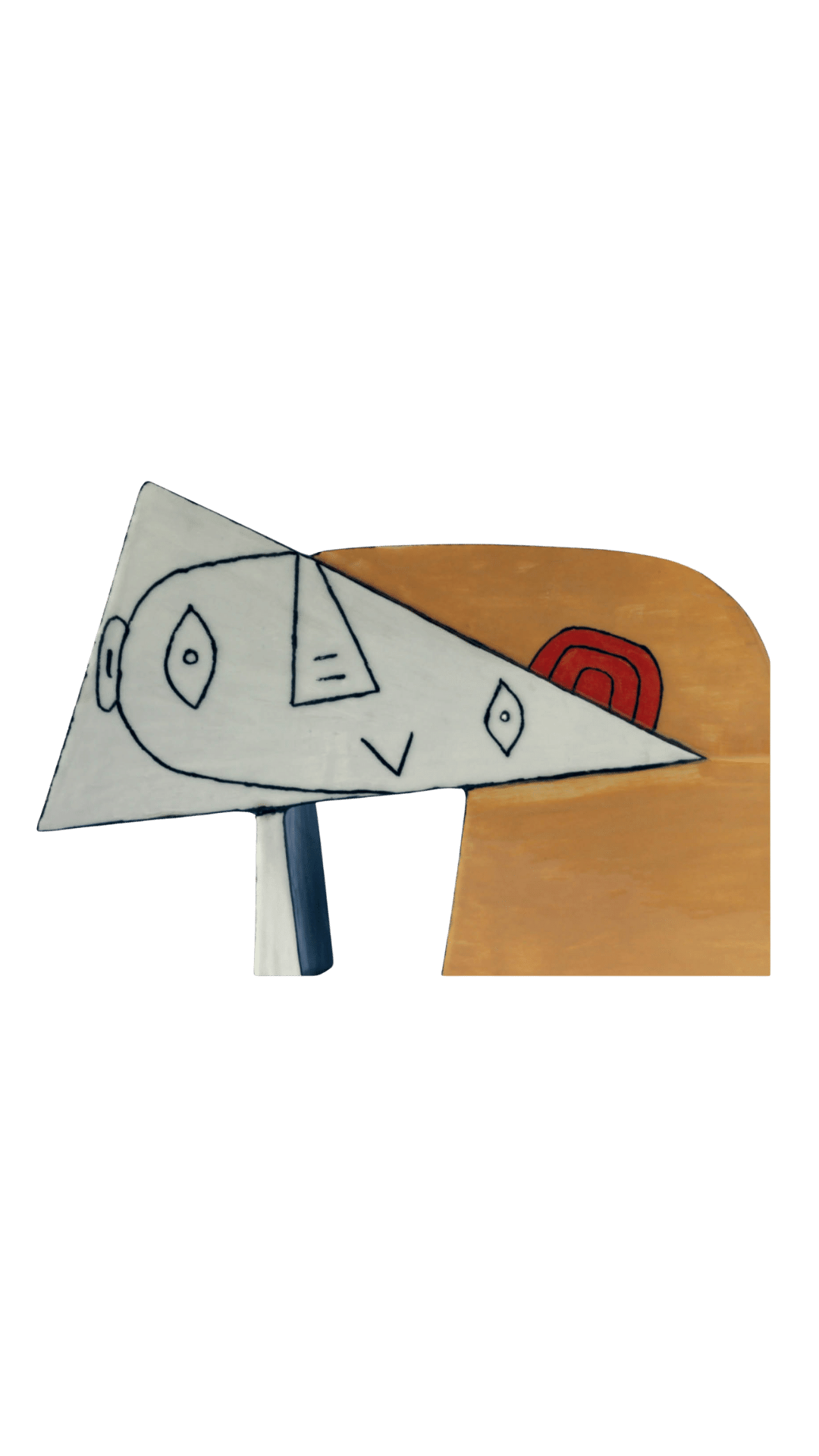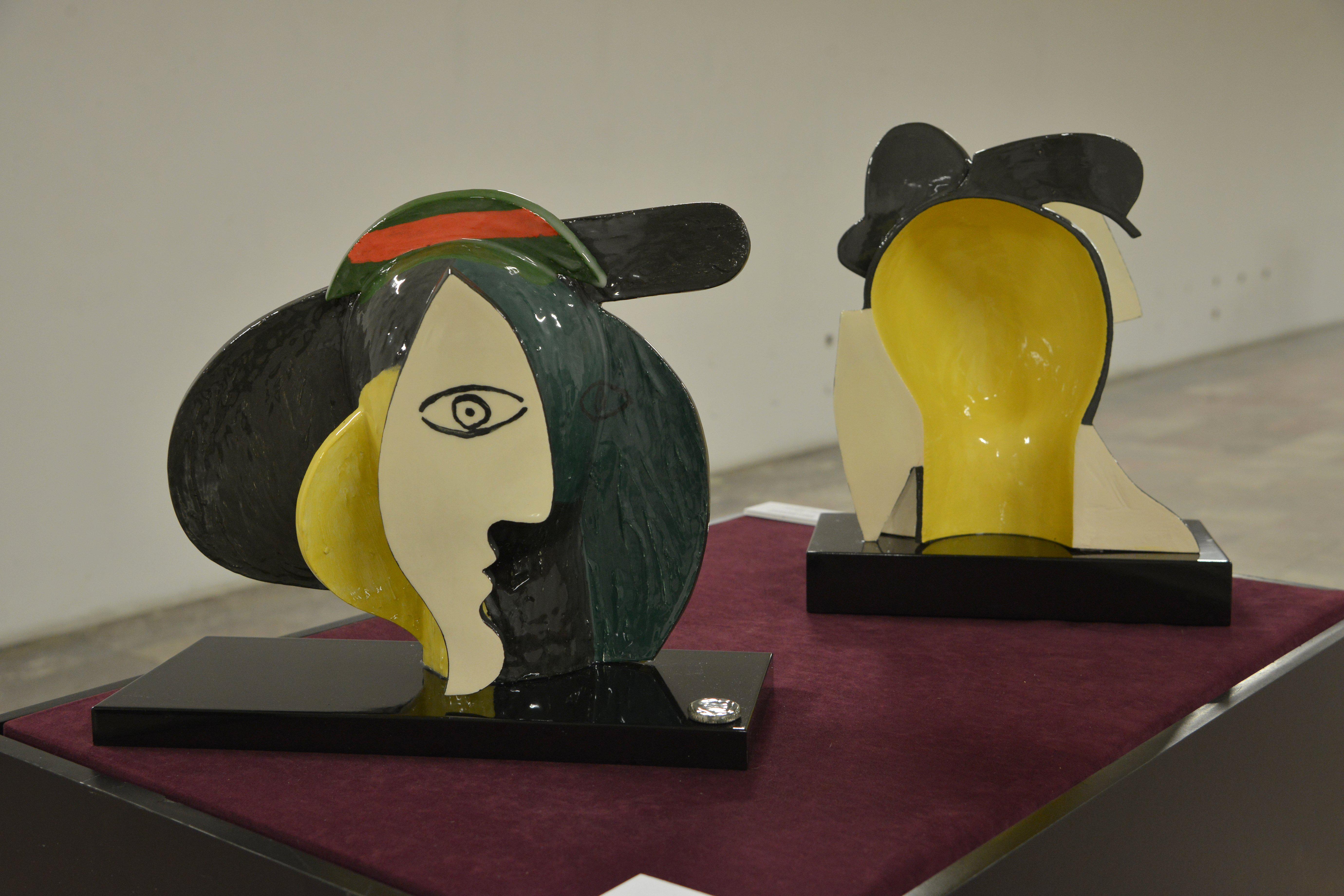
Picasso? Fidanovski,perhaps? Is it chiefly the former, or is it the latter, or are they both perhaps equally conspicuous? Or is it neither the former nor the latter, but rather some strange and wonderful synthesis? Serious provocative (identity) dilemmas arise already from the exhibition’s very title. When you look at the works, questions continue to arise one after another: How much of Picasso is there in these sculptures and how much of Fidanovski himself? Is it merely a matter of inspiration, of fascination, of dedication or is it something entirely different?
Perhaps it is an attempt at imitation, or is it a form of pastiche , backed by good PR tactics? What is the nature of the connection between the two artists in general and what is it that connects the two in this particular case? What is the idea/emotion behind these works? How was the selection made as to which of Picasso’s works were to be blended into new shapes? Where are the boundaries of allusion and wherein lies invention?
The search for answers to these and many other questions that this exhibition by Filip Fidanovski raises with the Skopje audience first takes us to the essential reminder that art is known to have often been inspired by other art. Though we nowadays interpretthis as a postmodernist process, references, quotes, collages, tributes, and even ironies, cynical takes and parodies on famous artworks have, in fact, always beenparts of thehistory of art. Renaissance painters too paid tribute to ancient art, and the Dadaists mocked everything that had been produced before them. Suffice it to remind the readers of Duchamp’stoying with the cult ofMona Lisa, and of Andy Warhol with his pop-art parodies on da Vinci’s mural The Last Supper, or even of the inspirational creative connectionsin such pairs as Monet and Manet, Miró and Bosch, Lichtenstein and van Gogh, and many other great artists.
In this vein, Picasso himself, already during his lifetime, but also to this day, was and remains an inspiration to other artists working in various genres, places and times. Some visual artists have been influenced by his cubism, others have found inspiration in his matchless variations of style, yet others in the experiments he made in every aspect of his painting, sculpture art, and printmaking. Not a few artists have themselves publicly acknowledged the strong influence that Picasso had on their work, such as David Hockney, Roy Lichtenstein and Jackson Pollock, to name but a few.
Entire galleries and countless exhibitions have been dedicated to such art connections, one of the most recent being last year’s great exhibition entitled Picasso.Maniaat the Grand Palais in Paris. It brought together the various generations of artists who had discovered and interpreted Picasso’s work in their own ways, from painting and sculpture to film and advertising. One could see works by such names as Andy Warhol and David Hockney, or by such new stars as Yan Pei-Ming and Maurizio Cattelan. Or, to quote Didier Ottinger, assistant director of Centre Pompidou, almost every art trend that has appeared since his death has been touched by a stroke of Picasso’s genius. “Touched by the genius” is what our Filip Fidanovski is, whose latest works dedicated to the 135th anniversary of Pablo Picasso’s birth align him with this impressive lineage of great artists to whom Picasso was, is and will be (more than) an inspiration. As to the thirteen sculptures from this exhibition, let us underline at the very outset that Fidanovski’s ceramics does not follow Picasso’s ceramics tradition. That is to say, at least not obviously! If we are to look for any likeness, perhaps we should look at Picasso’s Head of a Woman (Head of a Woman, 1948-49, Picasso, 1998: 101).
Indeed, it is evident that there are no identical, or, for that matter, even similar motifs or scenes in Fidanovski’sworks with those in Picasso’s ceramics opus, nor are there cubist elements, nor does he use his technical devices. Although undoubtedly profoundly familiar with the ceramics part of Picasso’s opus, which has, by the way, been perhaps unjustly neglected , and although he passionately shares Picasso’s keen interest in and dedication to this medium, Fidanovski, nevertheless, does not allude directly to his sculptures, but rather turns to his paintings, whose fragments he directly transposes onto his own material –stoneware with translucent glazing, painted with handmade colours based on a traditional recipe involving clay and pigments, ensuring, in particular, that every colour’s hue matches that of the original depictions in Picasso’s works. The fragments applied on the glazed ceramics have the three-dimensional shape of the head of the artist himself, which is more obvious on the sculpture’s other (back) side, characterised by the bright and contrasting colour solutions. Thereby the imaginative play with the characters from Picasso’s paintings unconventionally intertwines with a self-reflecting view of himself and his own art. Through his mastery ofthe process of firing clay, and particularlyhis knowledge of how colours may change, Fidanovski makes figures that are referential, but at the same time entirely unique in terms of their two-sided concept. Guided by his own taste in the choice of Picasso’s portraits as his models, the artist creates a rare amalgamation of the two seemingly distant (artistic) worlds into a single one, whose final outcome are sculptures that testify to the extraordinary communication between the author and his famous predecessor, to their kindred sensibilities and profound artistic, contemplative and emotional connectedness.
Each shape, with its double nature, as well as the symbolism of his own head concealed behind Picasso’s female portraits result in superbly crafted, stylistically recognisable and aesthetically pleasing sculptures, suggestive of Filip Fidanovski’s truly complex creative approach to Pablo Picasso, undoubtedly one of the most brilliant and influential artists of all time.
Ana Martinoska
